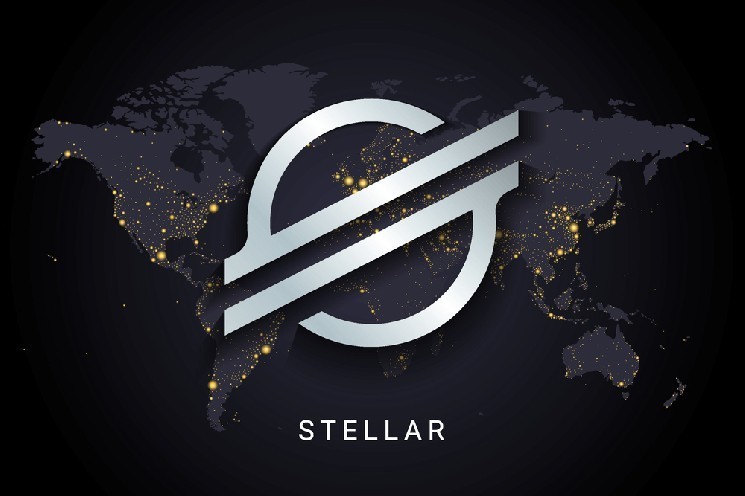- In 2018, IBM Blockchain World Wire was a real-time global payments network built on the Stellar blockchain.
- Stellar's architecture is suitable for payments, offering anchoring, fast consensus, and minimal fees, all perfectly aligned with IBM's objectives.
IBM first announced its partnership with Stellar in 2017 and has since built IBM Blockchain World Wire, a real-time cross-border payments network using the Stellar protocol.
This project was created to speed up settlement times, reduce costs, and allow banks to issue stablecoins or use digital assets for final payments.
World Wire began limited production in 2019 with multiple banking partners and pilot corridors. Still, IBM has since changed its approach, moving its World Wire technology to client accelerators and open sourcing some of its code, while realigning its operational priorities.
This partnership has increased real-world experimentation with public blockchain payment models and helped raise Stellar's profile.
In an extensive post on X, wealth analyst Marco Salzmann explained the scope of the initiative:
IBM World Wire was intended to connect banks, financial institutions, and payment providers to global systems that do not use SWIFT. Pilot network coverage: 72 countries, 47 currencies, 44 banks and institutions
Why IBM chose Stellar
IBM considered a variety of blockchain protocols before ultimately choosing Stellar, making the decision based on both performance and practicality. Stellar's Consensus Protocol (SCP) processes thousands of transactions per second and can complete payments in just 3-5 seconds.
This makes XLM ideal for global financial operations that require speed and reliability.
Each transaction costs just 1 cent, reducing overhead compared to traditional payment systems. Compatibility with ISO 20022 (the same messaging standard used by banks around the world) makes integration smoother and more compliant with existing infrastructure.
Another advantage is that banks can issue their own stablecoins, which are fiat-backed digital tokens, providing flexibility and control for financial institutions.
Unlike proof-of-work blockchains such as Bitcoin (BTC) and Ethereum (ETH), Stellar is energy efficient and operates without the high computational costs of mining.
And while ETH and Solana (SOL) dominate stablecoin activity, Stellar Lumens played a role in IBM's design. It was a bridge between fiat-backed stablecoins. XLM enables banks to complete cross-currency payments in USD, XLM, and EUR in seconds, reducing settlement times from days to almost instantaneously.
XLM currently has a total locked amount of $148.44 million, an increase of 0.46% in the past 24 hours. Its stablecoin market capitalization is $248.38 million, with USDC controlling 95.26%. “This is not a coincidence, but a strategic position for the future of global payment networks,” Marco explained.
In late 2024, the Stellar network enabled Protocol 23. Its main goal was to enhance smart contract functionality and improve overall efficiency. This upgrade introduces parallel transaction execution for smart contracts, allowing multiple operations to be processed simultaneously.
This increased scalability to approximately 5,000 transactions per second (TPS). Latency has also been reduced, making decentralized finance and payment applications faster and more responsive than ever before.
Building on that progress, Protocol 24, implemented in late October, served as a tweak update focused on stability and reliability. As a crypto news flash The protocol will reportedly address the following bugs: The state archive feature ensures long-term smooth operation of node operators.
As part of the rollout, all nodes were required to update their software to remain compatible with the latest version, further enhancing Stellar.
Stellar is currently trading above the $0.30 level and is toggling around $0.3257 at the time of writing. XLM is currently facing notable resistance at $0.331. A decisive break above this level could push it towards $0.35.


